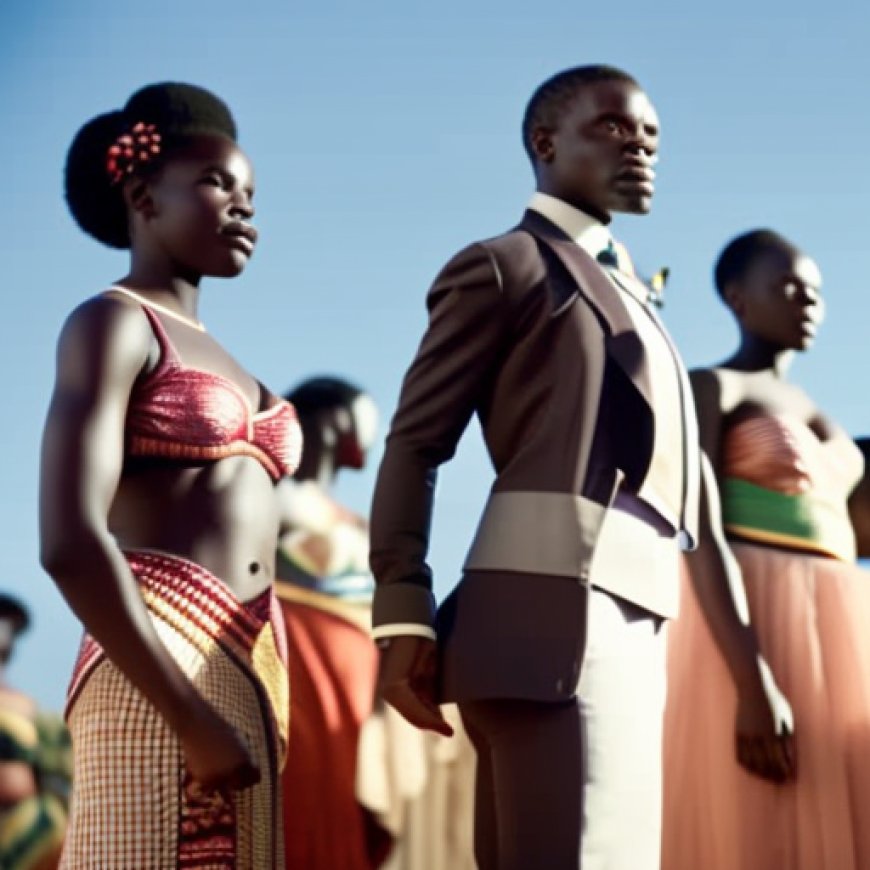Malawi: Submission the Committee on the Elimination of Discrimination against Women
Malawi: Submission the Committee on the Elimination of ... Human Rights Watch


Report on Malawi’s Review under the Convention on the Elimination of All Forms of Discrimination against Women (CEDAW)
Teenage Pregnancy and Child Marriage
The adolescent birth rate in Malawi is 136 per 1,000 girls and women ages 15-19. This is higher than the regional rate in East and Southern Africa of 94 per 1,000 and more than three times the world rate of 41 per 1,000. Government data from 2019-2020 indicates that 43 percent of women ages 20-49 got married before the age of 18, and 11 percent did so before the age of 15. Pregnancy is both a barrier to girls continuing their education and often a consequence of girls dropping out of school. Numerous studies have shown that the longer a girl stays in school, the less likely she is to be married as a child or become pregnant during her teenage years.
- What steps is the government taking to ensure pregnant girls and adolescent mothers who are at risk of dropping out are socially and financially supported to stay in school?
- What special accommodations are provided for young mothers at school, such as time for breast-feeding, flexibility when babies are ill, or flexibility in class schedules?
- What programs are in place to ensure access to nurseries or early childhood centers close to schools?
Government-Endorsed Online Learning during the Covid-19 Pandemic
The UN High Commissioner for Human Rights has stressed the need to protect the rights of children in relation to the digital environment, including protection from online violence and exploitation, and respect for their right to privacy. Human Rights Watch analyzed Notesmaster, an education technology (EdTech) website that was used by Malawi’s Education Ministry as its primary means of delivering online education to secondary school students during the pandemic. Human Rights Watch found that Notesmaster surveilled children not only within its online learning platform, but also tracking them across the internet, outside of school hours, and deep into their private lives.
- Does the government have plans to amend its proposed draft data protection law to incorporate comprehensive protections for girls and all children?
- What recourse or remedy does the government provide, or is planning to provide, to children who have experienced infringements of their rights as a result of their use of Notesmaster and whose data remain at risk of misuse and exploitation?
Right to Free and Compulsory Education
Failing to guarantee free pre-primary and secondary education disproportionately harms girls and women. The Constitution of Malawi and the Education Act state that primary education shall be free and compulsory. According to the 2020-2030 investment plan for Malawi’s education sector, one of the government’s objectives is “increasing access to secondary education and transition from primary to secondary with a long-term view of having free and compulsory secondary education.” However, tuition fees and other costs create significant barriers in accessing secondary education in Malawi. Girls constituted 61 percent of dropouts from secondary education in 2021/2022.
- What steps is the government taking to increase enrollment and completion rates for girls within compulsory primary education?
- What steps is the government taking to reduce and eventually eliminate school fees at the secondary level?
- What barriers does the government see to expanding the right to free and compulsory education to include at least one year of pre-primary education?
- What is the timeline to legislate 12 years of free primary and secondary education?
SDGs, Targets, and Indicators
| SDGs | Targets | Indicators |
|---|---|---|
| SDG 3: Good Health and Well-being | Target 3.7: Ensure universal access to sexual and reproductive health care services | Indicator: Adolescent birth rate (136 per 1,000 girls and women ages 15-19) |
| SDG 4: Quality Education | Target 4.1: Ensure that all girls and boys complete free, equitable, and quality primary and secondary education | Indicators: Percentage of women ages 20-49 who got married before the age of 18 (43%) and before the age of 15 (11%) |
| SDG 5: Gender Equality | Target 5.3: Eliminate all harmful practices, such as child marriage and female genital mutilation | Indicators: Percentage of women ages 20-49 who got married before the age of 18 (43%) and before the age of 15 (11%) |
| SDG 5: Gender Equality | Target 5.6: Ensure universal access to sexual and reproductive health and reproductive rights | Indicator: Percentage of girls and women ages 15-49 with an unmet need for family planning (15% for currently married or in union, and almost 50% for sexually active and currently unmarried or not in union) |
| SDG 10: Reduced Inequalities | Target 10.3: Ensure equal opportunity and reduce inequalities of outcome | Indicator: Adolescent birth rate (136 per 1,000 girls and women ages 15-19) |
| SDG 16: Peace, Justice, and Strong Institutions | Target 16.2: End abuse, exploitation, trafficking, and all forms of violence against and torture of children | Indicators: Percentage of girls and women ages 15-49 who got married before the age of 18 (43%) and before the age of 15 (11%) |
Behold! This splendid article springs forth from the wellspring of knowledge, shaped by a wondrous proprietary AI technology that delved into a vast ocean of data, illuminating the path towards the Sustainable Development Goals. Remember that all rights are reserved by SDG Investors LLC, empowering us to champion progress together.
Source: hrw.org

Join us, as fellow seekers of change, on a transformative journey at https://sdgtalks.ai/welcome, where you can become a member and actively contribute to shaping a brighter future.







